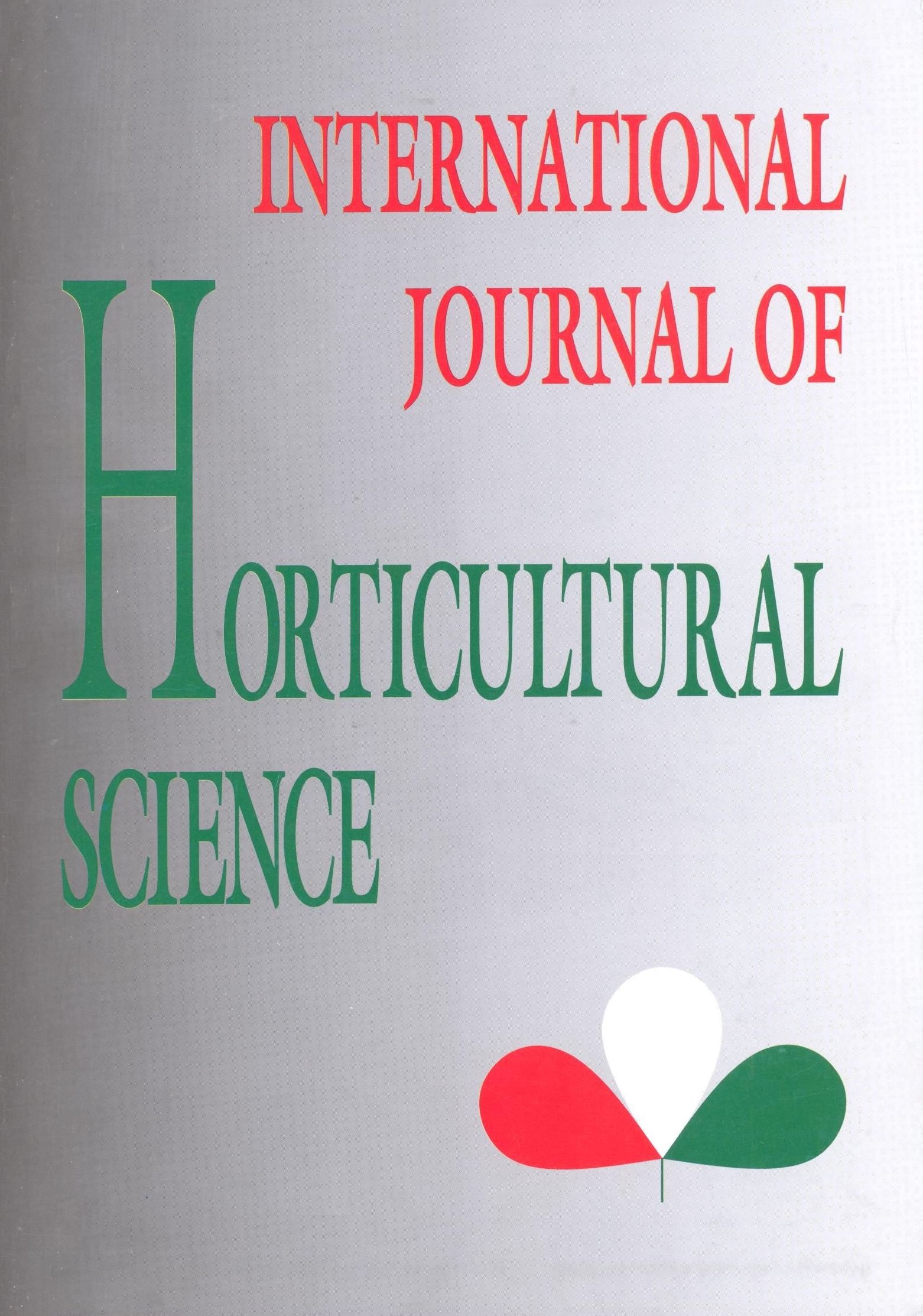Effect of N, P, K and Mg fertilizers on some vegetative and generative parameters of a sweet cherry cultivar
Authors
Keywords
License
This is an open access article distributed under the terms of the Creative Commons Attribution License (CC BY 4.0), which permits unrestricted use, distribution, and reproduction in any medium, provided the original author and source are credited.
How To Cite
Abstract
This two-year-study was aimed to provide results on the effect of nitrogen, phosphorus, potassium and magnesium fertilizer treatments (control, NP, NPK, NPKMg) on vegetative and generative features of the sweet cherry cultivar ‘Carmen’. Examinations were performed in an orchard planted in 2012 on Prunus mahaleb rootstock with spacing of 5 x 2.5 m. All treatments improved the vegetative features of the sweet cherry trees in both years of 2016 and 2017. Fertilizer treated trees increased trunk cross section area (TCSA) with 51.3-63.1%, while control trees showed 48.3% trunk growth increase. Yields of control trees were lower in both years (5.9-7.2 kg/tree), than that of the fertilized trees (7.8-11.3 kg/tree). Treatments also increased the phosphorus (16-22%), magnesium (12-20%) and potassium content (3.5-18%) of the fruits compared to control treatments.
References
- Balmer, M., Blanke, M. M. (2005): Developments in high density cherries in Germany. Acta Hortic. 667:273–277.
- Cantín C. M., Pinochet, J., Gogorcena, Y., Moreno, M. A. (2010): Growth, yield and fruit quality of ‘Van’ and ‘Stark Hardy Giant’ sweet cherry cultivars as influenced by grafting on different rootstocks. Sci. Hortic. 123. 329-335. p.
- Csihon Á., Bicskei D. K., Dremák P., Gonda I. (2017): Evaluation of the growing and fruit bearing characteristics of the ‘Lapins’ sweet cherry cultivar grafted on rootstocks with different vigor. International Journal of Horticultural Science 23(1-4): 15-18. https://doi.org/10.31421/IJHS/23/1-4./1195
- Csihon, Á., Bicskei, D. K., Dremák, P., Gonda, I. (2018): Performance of sweet cherry cultivars grafted on Colt rootstock. International Journal of Horticultural Science 24(1-2): 7-10. https://doi.org/10.31421/IJHS/24/1-2./1540
- FAO (2020): http://www.fao.org/faostat/en/#data/QC
- Gonda, I. (2008): Intenzív gyümölcsösök környezetkímélő tápanyag-gazdálkodása. Debreceni Egyetem AMTC Kertészettudományi és Növényi Biotechnológiai Tanszék, Kutatási és Fejlesztési Intézet. 117.
- Matthew, D. W., Lang, G., Ophardt, D. (2005): Rootstock and training system affect sweet cherry growth, yield and fruit quality. HortScience 40(3): 582-586. p.
- Nagy, P. T. (2009): Gyümölcsösök tápanyag-gazdálkodásának időszerű kérdései. Debreceni Egyetem, Agrár-és Műszaki Tudományok Centruma, Kutatási és Fejlesztési Intézet. 248. p.
- Neilsen, G. H., Neislen, D., Forge, T. (2017): Environmental limiting factors for cherry production. In: Cherries. Botany, production and uses. Eds. Garcia, J. Q., Iezzoni, A., Pulawska, J., Lang, G. CAB International, Boston. 189-222. p.
- Papp, J. (2003): Tápanyagellátás. In. Gyümölcstermesztési alapismeretek. Szerk.: PAPP, J. Mezőgazda Kiadó. Budapest. 329-353. p.
- Predieri, S., Dris, R., Sekse, L., Rapparini, F. (2003): Influence of environmental factors and orchard management on yield and quality of sweet cherry. Food, Agriculture & Environment 1(2): 263-266. p.
- Quinlan, J. D., Preston, A. P. (1971): The influence of shoot competition on fruit retemontion and cropping of apple trees. Journal of Horticultural Science. 46: 525-534. p.
- Sadowski, A., Lenz, F., Engel, G., Kepka, M. (1995): Effect of fruit load on leaf mineral content of apple trees. Acta Horticulturae. 383: 67-71. p.
- Vaszily, B., Gonda, I. (2010): Training and maintaining spindle crowns in cherry production. International Journal of Horticultural Science 16(3): 51-53. https://doi.org/10.31421/IJHS/16/3/896
- Wilkinson, B. G. (1968): Mineral composition of apple IX. Uptake of calcium by fruit. Journal of Science. Food and Agriculture. 19:646-647.

 https://doi.org/10.31421/IJHS/26/2020/8001
https://doi.org/10.31421/IJHS/26/2020/8001










